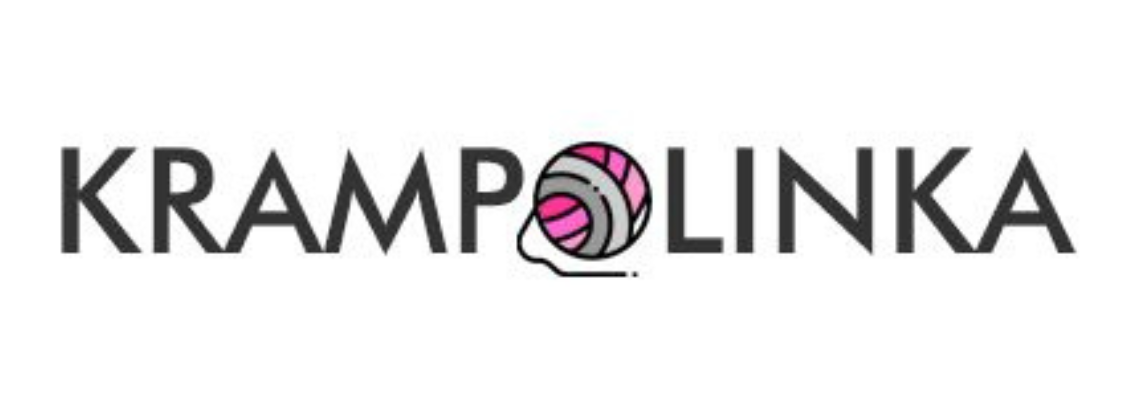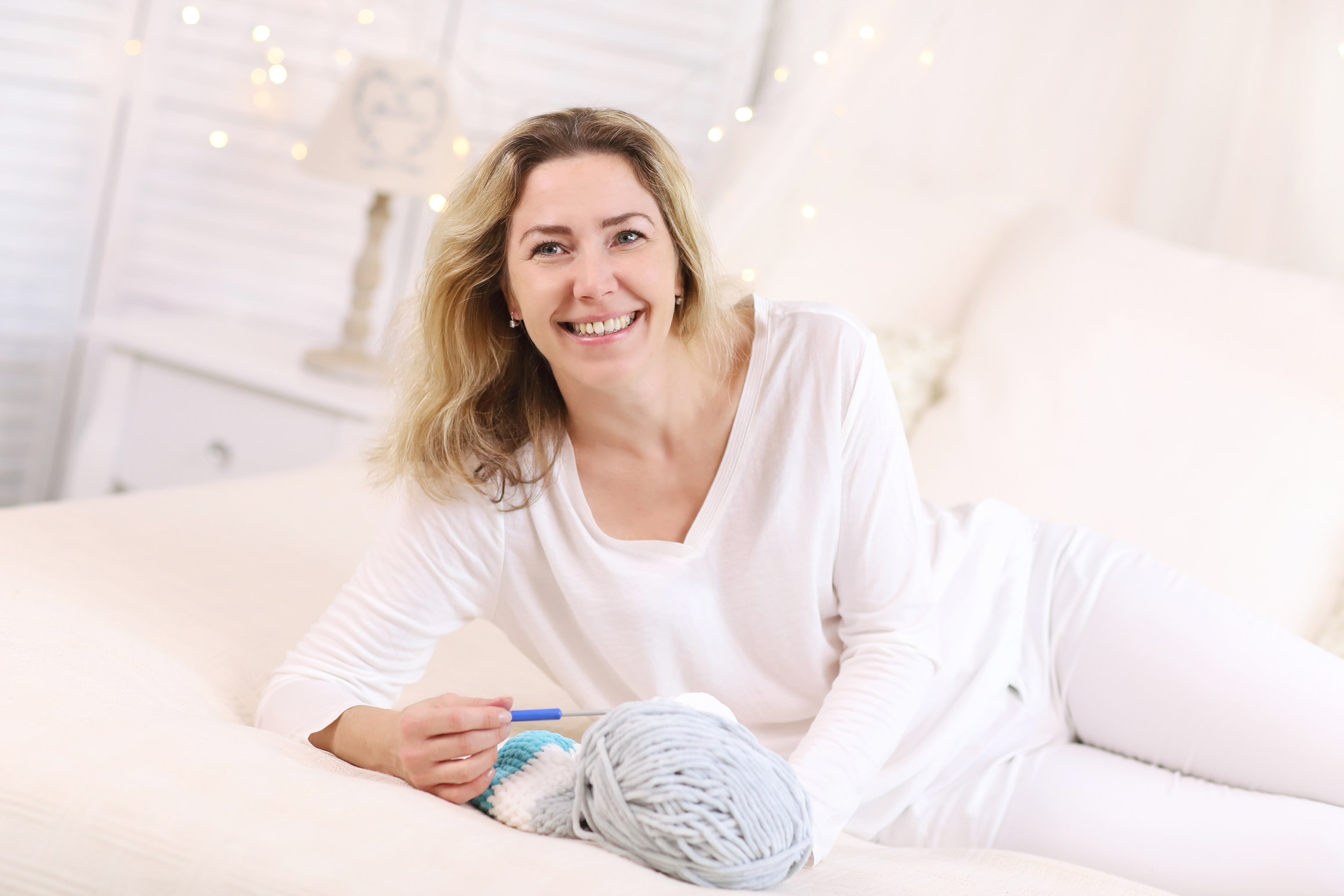If you want to learn everything about cotton and cotton yarns, watch the video podcast Chatting Over Yarn #112. This summer episode is full of useful information.
Cotton is truly the queen of summer crochet. It’s breathable, natural, and easy to work with – but not all cotton is the same. In this article and podcast, we’ll explore different types of cotton yarns, where the finest cotton in the world comes from, and how to choose the right one for your project.
Chatting Over Yarn PODCAST #112 (CZECH WITH SUBTITLES)
Cotton is a natural fiber and one of the oldest textile materials in the world. It has been used for over 7,000 years. It comes from plants of the genus Gossypium, grown mainly in warm and dry regions, especially in India, Egypt, the USA, and China.
Cotton is hypoallergenic and gentle on the skin, making it an ideal choice for children, allergy sufferers, and people with sensitive skin. It is highly absorbent – it can hold up to a quarter of its weight in water, which makes it effective at absorbing sweat and moisture, though it dries more slowly. Its breathability makes it a perfect material for spring, summer, and autumn projects. In terms of care, cotton can be washed at 60°C, and in the case of hospital octopuses for newborns, even at 100°C. However, it’s important to note that some yarns may fade, shrink, or harden due to repeated washing and chemical treatments.
Crocheted clothing made of cotton is heavier than garments made from blended fibers, and the finished piece may stretch due to its weight. Therefore, cotton garments should never be hung but stored folded.
Types of Cotton Yarn
Mercerized cotton – shiny, smooth, and strong; mercerization is a process involving sodium hydroxide and stretching the fibers. Suitable for decorations, tablecloths, and crocheted toys. Examples: Vlna Hep Camilla, Moonlight, Maxi, YarnArt Begonia.
Non-mercerized cotton – matte, softer, more absorbent; ideal for garments, summer tops, scarves, and children’s items. Examples: Alize Bella, Drops Safran.
Organic cotton – grown without pesticides and chemicals, often softer to the touch, more eco-friendly, and more expensive. Example: Anchor Organic Cotton.
Recycled cotton – made from textile leftovers, environmentally friendly, often has a coarser texture, suitable for home décor (baskets, rugs). Examples: Vlna Hep Re-Cotton, YarnArt Eco Cotton.
Cotton blends – for summer, blends of cotton and bamboo (e.g. Schachenmayr Cotton Bamboo), cotton and linen (e.g. Performance Linen Blend), or cotton and viscose (e.g. YarnArt Summer) are great. These are typically used for garments with added shine, lightness, softness, and drape – such as dresses, skirts, blouses, and tops. For autumn and spring, cotton-wool blends (e.g. Drops Cotton Merino) or cotton-acrylic blends (e.g. Jeans) are excellent. These yarns are great for cardigans, boleros, and warmer dresses.
Tightly spun cotton-acrylic blends (e.g. Jeans) are suitable for home décor and toys. Loosely spun cotton-acrylic blends are better for clothing. When crocheting with less twisted yarns, care should be taken to catch all strands. The resulting fabric is soft and fluffy. Example: YarnArt Baby Cotton.
Combed cotton has mechanically processed fibers. Short and damaged fibers are removed, leaving only the longer and straighter ones. This results in a smoother, softer yarn that is less prone to pilling. Ideal for garments and children’s items. Example: Niťárna Mirka.
Which Cotton Yarns Are the Best?
Some of the highest quality cottons include Egyptian cotton, grown in the Nile Valley. It is known for its extra-long fibers, softness, and strength. It’s perfect for lace projects or delicate tops. Example: Schachenmayr Pyramid Cotton.
In the USA, Pima and the protected Supima cotton are cultivated – both extremely soft, durable, and colorfast, suitable for long-lasting garments.
India is a major producer of organic and often hand-picked cotton, which remains gentle due to its careful processing. It is mainly used for eco-friendly projects and baby items.
Peruvian Pima cotton is valued for its exceptional softness and smoothness, thanks to the local climate. It is used for premium garments and accessories in direct contact with the skin.
Pima and Supima cottons are difficult to find in the Czech Republic and I personally do not have experience with them. However, I believe you can find a reliable supplier of luxury cotton yarn.
Final Tips
When crocheting garments, it’s better to use a larger hook and lacy patterns. Before starting, make a swatch and wash it to test whether the fiber stretches, shrinks, or releases color. For toys and home décor, a smaller hook is recommended. One advantage of cotton fibers is that they can be starched well, which makes them perfect for Christmas ornaments and tablecloths.
If you plan to use mercerized cotton for clothing, opt for larger hooks and lacy stitches, and expect the item to lengthen under its own weight. For larger projects or plus-size garments, thinner cotton yarns are preferred – the final product will be lighter and have more drape.
Don’t be afraid to use cotton blends with acrylic or wool year-round.
Enjoy watching the podcast and you can follow my latest projects, tutorials, ideas, reviews, video podcasts, tips, and tricks:
- Krampolinka YouTube videos (subtitled since 2024)
- Krampolinka Instagram
- Krampolinka FB group
Happy crocheting with cotton!
Katka
- Podcast about cotton
- Drops Safran Cotton
- Cotton Linen Blend
- Combed Cotton
- Cotton Merino Blend
- Cotton Bamboo Blend
- We were talking about yarn I purchased during holiday
- We went through a newly released book Amigurumi
- I showed you crochet projects you can make following Krampolinka´s patterns















No Comments